Will the world make it through the next 364 days to 2026? Yes, that’s an alarming question to ask on the second day of 2025. But the truth is, the only planet we have is now more troubled than at any time since 1945.
It’s not all grim war-zone news out there. Technology holds immense promise to make the world a better place, and medical science is on the verge of eradicating or alleviating many life-threatening diseases. Genetically targeted drugs are set to make lung and other forms of cancer more treatable.
Multi-cancer early detection tests could significantly improve survival rates. Gene-editing therapies are in advanced trials to cure genetic disorders, paving the way for transformative treatment options. At the same time, Ozempic is being explored for its potential to address not only diabetes and obesity but also cardiac issues, and even conditions like alcoholism. If the tech visionaries are correct, artificial intelligence could provide solutions to an extraordinary range of problems, potentially revolutionising the way our world operates.
But the fact is, as we step into 2025, wars continue to rage in Europe and the Middle East, both with the potential to escalate into wider catastrophic conflicts. China is aggressively sending larger fleets to encircle Taiwan. In his New Year’s eve speech China’s President Xi Jinping warned that nobody could stop the ‘reunification’ of China and the island nation. If that weren’t enough, China is also fortifying an island claimed by the Philippines.
For the first time since the Cold War was packed away into an icebox, the world’s teetering dangerously close to the edge of widespread global instability once again. President-elect Donald Trump, during his campaign, had promised to end the Ukraine war on his first day in office.
But now he appears to be backtracking, telling Time magazine, “The Middle East is an easier problem to handle than what’s happening with Russia and Ukraine.”
It could be argued 2025 won’t truly begin until January 20, when Trump rides back into the White House and reclaims his Oval Office chair. A new US president can undoubtedly make waves globally, and Trump has already promised — or threatened — to shake up just about every corner of the world.
Tech oligarchs
India has long believed it won’t land in Trump’s crosshairs — at least not immediately. Many in Trump’s new team have traditionally been sympathetic to India. However, Indians are now finding themselves drawn into the crossfire of a growing feud between the loony MAGA (Make America Great Again) advocates and the right-wing tech czars led by billionaire Elon Musk. “Tech oligarchs want to incite a civil war in our country,” claims right-wing activist and conspiracy theorist Laura Loomer. Musk first vowed to go to war for the H-1B visas then hit the reverse gear and said the system was broken.
The MAGA loudmouths have already taken aim at Indians, particularly following the appointment of Chennai-born tech innovator Sriram Krishnan as an incoming advisor to Trump’s administration on technology. MAGA supporters erupted, alleging Krishnan had advocated increasing the annual issuance of H-1B visas. In reality, Krishnan had merely suggested eliminating country quotas, which would disproportionately benefit Indians more than any other group.
Tariff wars
A larger concern for India’s tech industry is whether Trump might pull the sector into his infamous tariff wars. India’s software services industry could face significant challenges if Trump imposes tariffs on outsourced contracts. While this remains a distant threat, it’s not beyond the realm of possibility. Ironically, many of Trump’s most vocal backers, including Musk, would likely oppose such tariffs, given that they underpin the success of many of America’s largest tech companies.
Meanwhile, could Trump’s return prompt Chinese companies to revisit the Indian market? Many Chinese firms remain cautious about re-entering India. However, with Trump back and the potential for tariffs, sanctions, and an all-out US-China trade war, they may see India in a new light. According to a China analyst: “The larger narrative is that, because Trump is returning to the White House, China has decided to reassess its relationship with India.” Indian companies are equally keen to collaborate in areas like electronics, solar panels, and chemicals. The analyst adds: “Chinese companies haven’t ruled out India, but some red lines have emerged — they won’t invest in start-ups or digital industries.” One early example is Dixon Technologies partnering with Vivo to manufacture electronic devices, including smartphones.
Can India navigate this unquestionably uncertain and perilous world to emerge stronger? The answer lies in staying vigilant, thinking strategically, and being prepared to tackle just about every crisis that comes its way. Hang on to your hats, folks, and good luck.
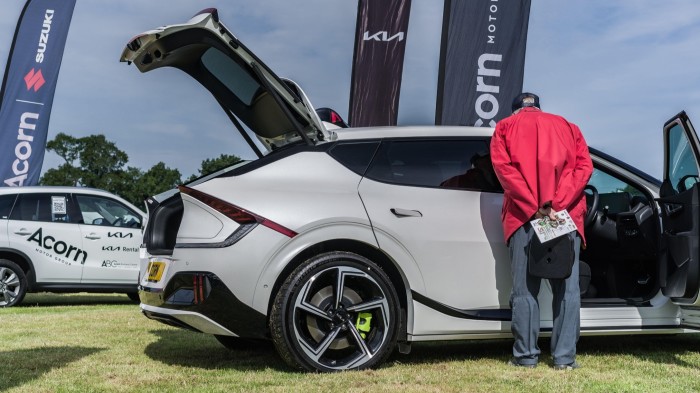
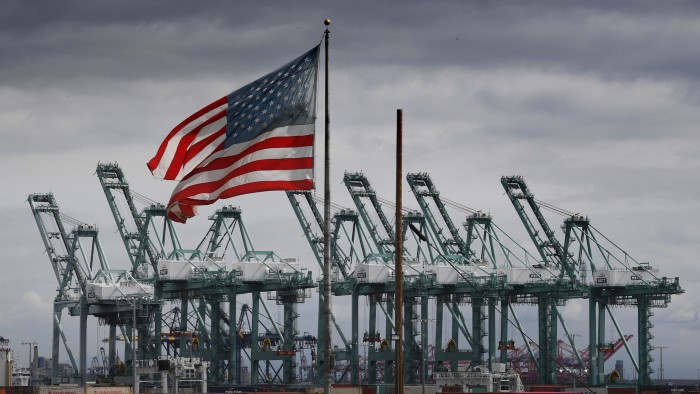
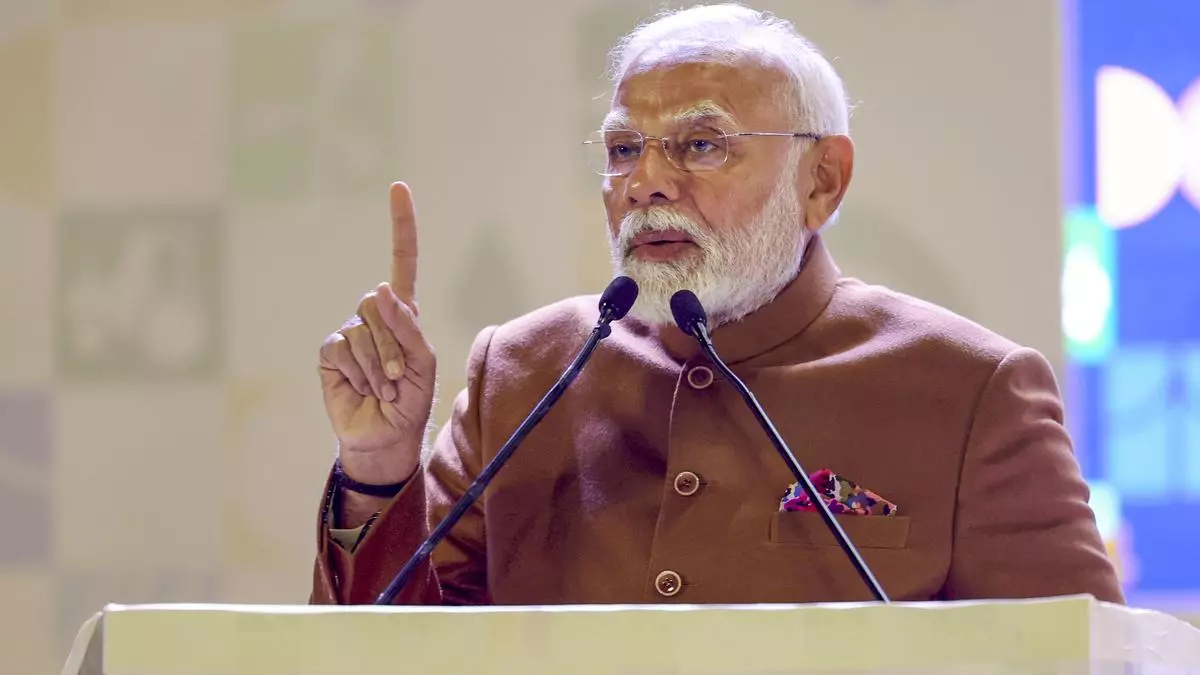


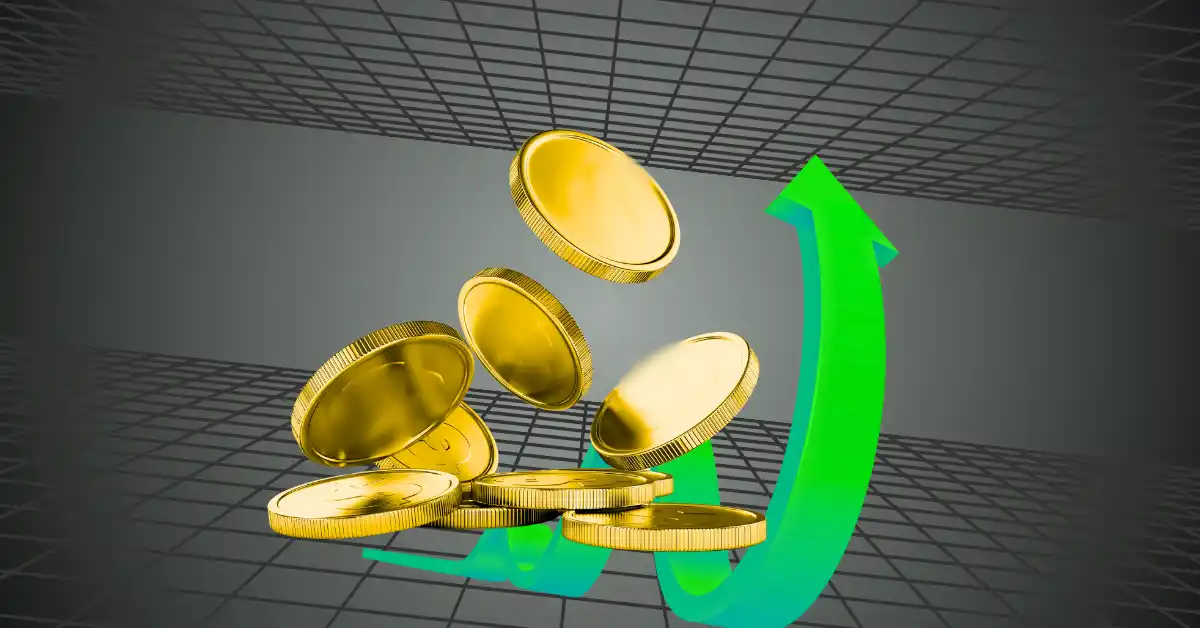
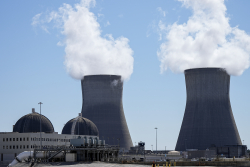

Leave a Comment